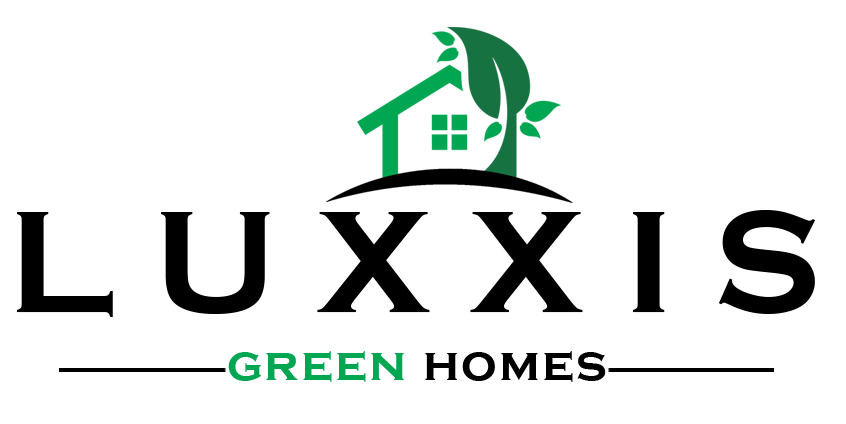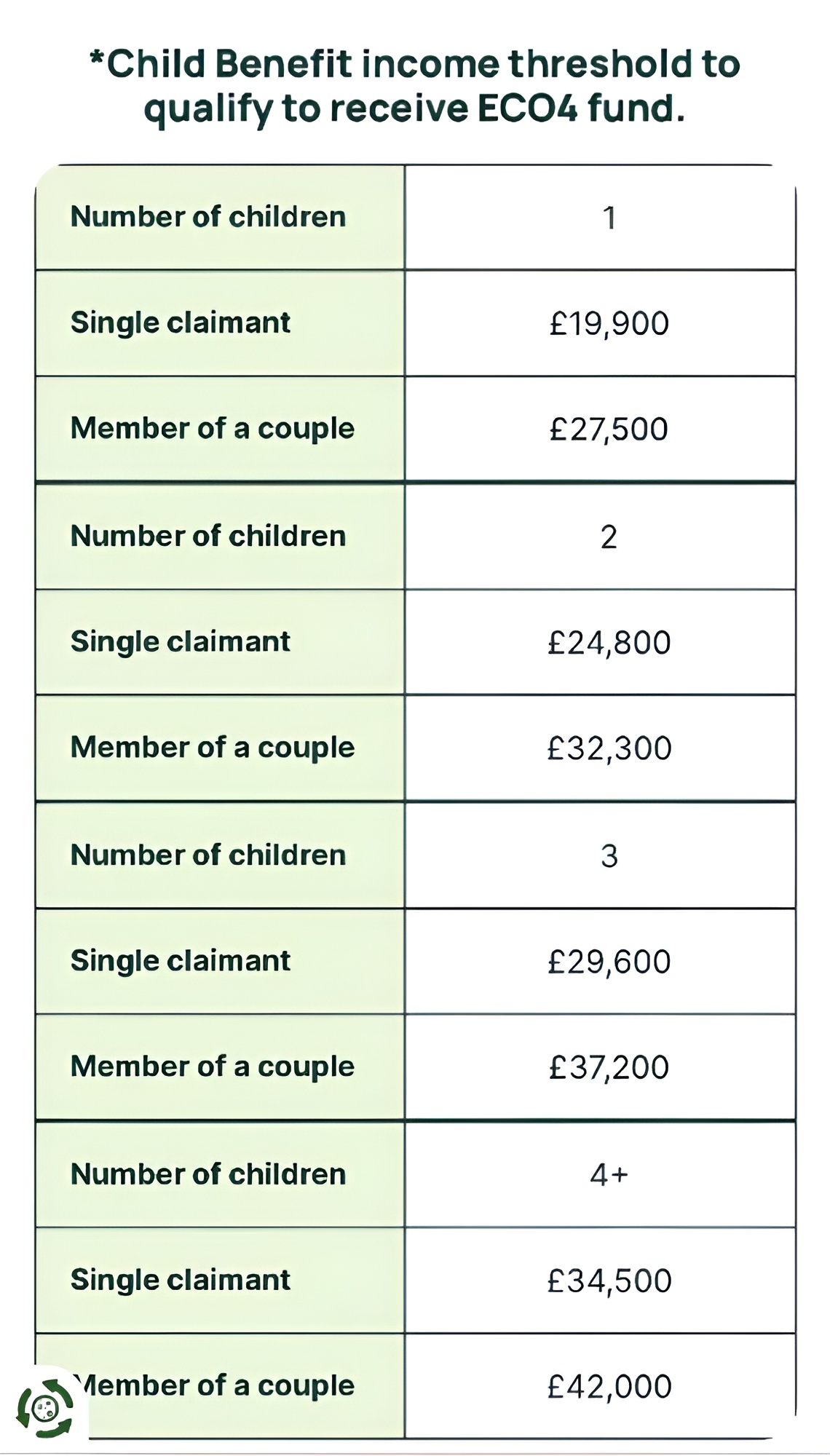Cavity wall insulation is one of the most effective ways to improve energy efficiency, reduce heating costs, and lower carbon emissions. With rising energy bills in the UK, homeowners are increasingly turning to insulation solutions to keep their homes warm and eco-friendly.
In this guide, we will cover everything you need to know about cavity wall insulation, including benefits, costs, types, government grants, and the installation process. Whether you’re a homeowner looking to upgrade your property or a landlord ensuring compliance with energy efficiency regulations, this guide will help you make an informed decision.
What is Cavity Wall Insulation?
Cavity walls are external walls made of two layers of brick with a gap (cavity) between them. This cavity was originally designed to prevent moisture from penetrating into the property. However, unfilled cavities allow heat to escape, making homes less energy efficient.
Cavity wall insulation fills this gap with insulating materials such as mineral wool, foam, or polystyrene beads. This helps trap heat inside, reducing heat loss and improving indoor comfort.
Do You Have Cavity Walls?
Most homes built after the 1920s in the UK have cavity walls. Here’s how you can check:
- Brick Pattern: If the bricks on your exterior walls have a uniform pattern, you likely have cavity walls. Solid walls have alternating brick headers.
- Wall Thickness: Cavity walls are typically 250mm (10 inches) thick, whereas solid walls are thinner.
- Age of Property: If your home was built after 1920 but before 1990, it probably has uninsulated cavity walls. Homes built after 1990 often have insulation installed during construction.
- Professional Inspection: A qualified surveyor or insulation specialist can confirm whether your walls have cavities and assess their suitability for insulation.
Benefits of Cavity Wall Insulation
1. Lower Energy Bills
By reducing heat loss, cavity wall insulation can cut heating costs by up to £250 per year. With energy prices rising, this is one of the best ways to save money.
2. Increased Home Comfort
Homes with insulation maintain a more stable indoor temperature, making them warmer in winter and cooler in summer.
3. Reduced Carbon Footprint
Insulating your home helps lower carbon emissions by reducing the need for excessive heating. This contributes to a greener environment.
4. Prevention of Damp and Condensation
Properly installed cavity wall insulation can help prevent moisture buildup, reducing the risk of damp and mold growth inside your home.
5. Increased Property Value
Energy-efficient homes are more attractive to buyers. Upgrading your insulation can improve your Energy Performance Certificate (EPC) rating, increasing your property’s market value.
Types of Cavity Wall Insulation
Different materials can be used for cavity wall insulation. The most common types include:
1. Mineral Wool Insulation
- Made from rock or glass wool
- Excellent thermal and acoustic insulation
- Fire-resistant and durable
- Cost-effective solution for most homes
2. Polystyrene Beads
- Small foam beads injected into the cavity
- Good insulation properties and water resistance
- Reduces the risk of cold bridging
- More expensive than mineral wool
3. Urea-Formaldehyde Foam
- Expands to fill cavities
- Used mainly in older homes with narrow cavities
- Less common today due to advancements in insulation technology
Each material has its pros and cons. A professional surveyor can recommend the best option for your home based on cavity size, exposure to weather, and budget.
Cost of Cavity Wall Insulation in the UK
The cost of installing cavity wall insulation depends on the size and type of property:
| Property Type | Estimated Cost (£) | Annual Savings (£) |
|---|---|---|
| Flat/Maisonette | £300 – £500 | £100 – £150 |
| Terraced House | £400 – £600 | £150 – £200 |
| Semi-Detached | £500 – £900 | £200 – £250 |
| Detached House | £800 – £1,500 | £250 – £400 |
Return on Investment
Most homeowners recover the cost of cavity wall insulation within 3–5 years through energy savings.
Government Grants for Cavity Wall Insulation
Several government schemes offer free or subsidized insulation to eligible homeowners in the UK:
1. ECO4 Scheme (Energy Company Obligation)
This scheme helps low-income households and those receiving benefits get free insulation.
2. Great British Insulation Scheme
A new initiative targeting homes with poor energy efficiency to provide discounted insulation.
3. Local Authority Grants
Some councils offer grants or incentives for energy efficiency improvements.
How to Apply for a Grant?
Check your eligibility and apply via the UK Government’s Energy Efficiency Grant Portal.
Is Your Home Suitable for Cavity Wall Insulation?
Before installation, ensure your home meets these requirements:
✔ Built after 1920 (has cavity walls)
✔ Walls are in good condition (no cracks or structural damage)
✔ Cavity is at least 50mm wide
✔ No existing damp problems
If your home is unsuitable for cavity wall insulation, consider solid wall insulation as an alternative.
Installation Process: What to Expect?
The installation process is quick and non-disruptive. Here’s how it works:
Step 1: Survey and Inspection
A professional surveyor assesses your home’s suitability for insulation.
Step 2: Drilling Small Holes
Installers drill small holes (about 22mm in diameter) into the external walls.
Step 3: Injecting Insulation Material
The chosen insulation material is blown into the cavity.
Step 4: Sealing the Holes
The drilled holes are filled with matching mortar to restore the exterior.
📌 Installation Time: Typically 2–3 hours for an average home.
FAQs About Cavity Wall Insulation
1. Can cavity wall insulation cause damp?
When installed correctly, it prevents damp. However, if insulation is installed in walls exposed to heavy rain or with existing moisture problems, it may worsen damp issues.
2. How long does cavity wall insulation last?
Most insulation materials last 25+ years. Some providers offer guarantees of up to 40 years.
3. Can I get cavity wall insulation if I live in a rented property?
Yes, but you’ll need your landlord’s permission. Landlords may also qualify for grants under the Minimum Energy Efficiency Standards (MEES).
4. Is cavity wall insulation worth it?
Absolutely! It reduces heating bills, increases home comfort, and improves property value.
Final Thoughts
Cavity wall insulation is one of the best energy-saving investments for UK homeowners. It helps reduce energy bills, improves home comfort, and supports environmental sustainability.

